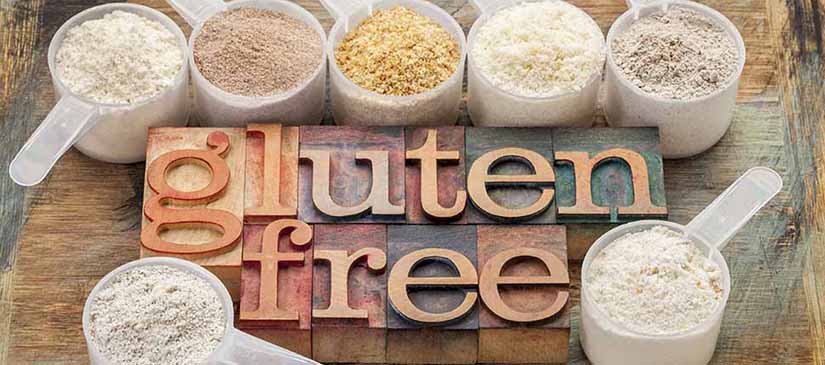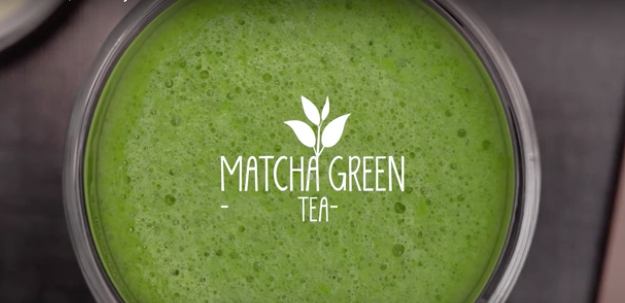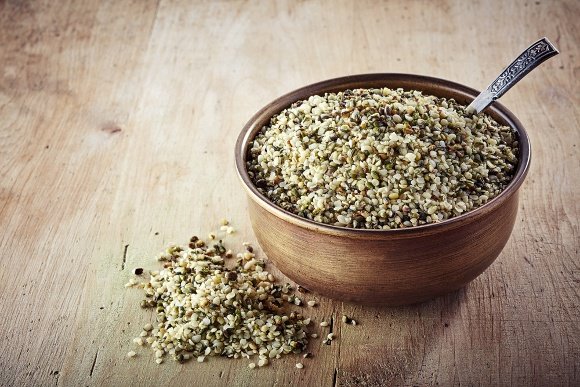“The Paleo diet is the healthiest way you can eat because it is the ONLY nutritional approach that works with your genetics to help you stay lean, strong and energetic! Research in biology, biochemistry, Ophthalmology, Dermatology and many other disciplines indicate it is our modern diet, full of refined foods, trans fats and sugar, that is at the root of degenerative diseases such as obesity, cancer, diabetes, heart disease, Parkinson’s, Alzheimer’s, depression and infertility” says writer Robb Wolf.
Building A Healthy Paleo Diet
LEAN PROTEINS
Lean proteins support strong muscles, healthy bones and optimal immune function. Protein also makes you feel satisfied between meals.
FRUITS AND VEGETABLES
Fruits and vegetables are rich in antioxidants, vitamins, minerals and phytonutrients that have been shown to decrease the likelihood of developing a number of degenerative diseases including cancer, diabetes and neurological decline.
| Okay To Eat |
Avoid |
| Fruits |
Dairy |
| Vegetables |
Grains |
| Lean Meats |
Processed Food & Sugars |
| Seafood |
Legumes |
| Nuts & Seeds |
Starches |
| Healthy Fats |
Alcohol |

HEALTHY FATS FROM NUTS, SEEDS, AVOCADOS, OLIVE OIL, FISH OIL AND GRASS-FED MEAT
- Vegetables: Avocados, broccoli, cauliflower, cabbage, Brussels sprouts, collards, fennel, celery, asparagus, kale, spinach, arugula, Swiss chard, zucchinis, artichokes, okra, summer squash, winter squash, pumpkins, sweet potatos, yams, kohlrabi, parsnips, rutabaga, carrots, green onions, onions, garlic, parsley, bok choy, and cilantro.
- Nightshade Vegetables: Peppers, eggplants, tomatoes, and potatoes are allowed if you don’t react to them. Some people develop heartburn, dry skin, or joint pain when these foods are eaten.
- Fruits: Blueberries, blackberries, raspberries, pomegranates, strawberries, lemons, limes, grapefruits, apples, pears, nectarines, peaches, cherries, plums, figs, apricots, kiwi, mango, persimmon, grapes, papaya, pineapple and medjool dates.
- Meats: Grass-fed and/or pasture-raised meats including beef, lamb, chicken, turkey, pork, bison, and wild boar. Bacon is okay to consume occasionally, as long as it’s from pasture-raised pigs.
- Fish: Wild-caught Alaskan salmon, halibut, haddock, sardines, anchovies, trout, and black cod.
- Shellfish: Crab, lobster, scallops, and mussels.
- Nuts: Walnuts, raw almonds, macadamias, pecans, pistachios, hazelnuts, pine nuts, and coconuts.
- Fats: Grass-fed butter or ghee, MCT oil, coconut oil, extra virgin olive oil, sesame oil, avocado oil, avocados, grass-fed pasture-raised marrow bones, and pasture-raised eggs.
- Legumes: Beans, lentils, peas, and fermented soy (tempeh, miso, natto).
- Sweeteners: Stevia, xylitol, sorbitol, maltitol, raw honey, coconut sugar, and maple syrup.
- Seasonings: Sea salt, ginger, turmeric, cumin, allspice, garlic, black pepper, onion, cilantro, parsley, rosemary, thyme, mustard seed, tamari, nutmeg, paprika, lavender, vanilla, and tarragon.
Scientific research and epidemiological studies show that diets rich in Monounsaturated and Omega-3 fats dramatically reduce the instances of obesity, cancer, diabetes, heart disease and cognitive decline.
Saturated fat has been demonized by our health authorities and media. What is the basis for this position on Saturated fat? Are current recommendations for VERY low saturated fat intake justified? How much saturated fat (and what types), if any should one eat? Without a historical and scientific perspective these questions can be nearly impossible to answer. In this paper Prof. Cordain looks at the amounts and types of saturated fats found in the ancestral diet: Saturated fat consumption in ancestral human diets: implications for contemporary intakes.
One of the greatest deviations away from our ancestral diet is the amounts and types of fat found in modern grain feed animals vs. the amounts and types of fats found in grass fed or wild meat, fowl and fish. What we observe is wild meat is remarkably lean, and has relatively low amounts of saturated fats, while supplying significant amounts of beneficial omega-3 fats such as EPA and DHA. In this paper Prof. Cordain and his team analyze the complete fatty acid profile from several species of wild deer and elk. The take home message is that free range meat is far healthier than conventional meat: Fatty acid analysis of wild ruminant tissues: Evolutionary implications for reducing diet-related chronic disease.

Health Benefits of a Paleo Diet
For most people the fact the Paleo diet delivers the best results is all they need. Improved blood lipids, weight loss, and reduced pain from autoimmunity is proof enough. Many people however are not satisfied with blindly following any recommendations, be they nutrition or exercise related. Some folks like to know WHY they are doing something. Fortunately, the Paleo diet has stood not only the test of time, but also the rigors of scientific scrutiny.
With a very simple shift we not only remove the foods that are at odds with our health (grains, legumes, and dairy) but we also increase our intake of vitamins, minerals, and antioxidants. Here is a great paper from Professor Loren Cordain exploring how to build a modern Paleo diet: The nutritional characteristics of a contemporary diet based upon Paleolithic food groups. This paper also offers significant insight as to the amounts and ratios of protein, carbohydrate and fat in the ancestral diet.
Come on! Our Ancestors lived short, brutal lives! This Paleo Diet is all bunk, right?
The Paleo concept is new for most people and this newness can spark many questions. We like people to not only read about and educate themselves on this topic but also to “get in and do it.” Experience is perhaps the best teacher and often cuts through any confusion surrounding this way of eating. Now, all that considered, there are still some common counter arguments to the Paleo diet that happen with sufficient frequency that a whole paper was written on it.
Does it work for diabetes?
A great question to ask is “Does the Paleo diet work?” Here we have a head to head comparison between the Paleo diet and Mediterranean diet in insulin resistant Type 2 Diabetics. The results? The Paleo diet group REVERSED the signs and symptoms of insulin resistant, Type 2 diabetes. The Mediterranean diet showed little if any improvements. It is worth noting that the Mediterranean diet is generally held up by our government as “the diet to emulate” despite better alternatives. You can find an abstract and the complete paper here.
Cardio Vascular Disease
According to the CDC, cardiovascular disease is the number one cause of death in the United States. Interestingly however, our Paleolithic ancestors and contemporarily studied hunter-gatherers showed virtually no heart attack or stroke while eating ancestral diets. The references below will explore these facts to better help you understand the heart-healthy benefits of a Paleo diet.
Autoimmunity
Autoimmunity is a process in which our bodies own immune system attacks “us.” Normally the immune system protects us from bacterial, viral, and parasitic infections. The immune system identifies a foreign invader, attacks it, and ideally clears the infection. A good analogy for autoimmunity is the case of tissue rejection after organ donation. If someone requires a new heart, lung kidney or liver due to disease or injury, a donor organ may be an option. The first step in this process is trying to find a tissue “match”. All of us have molecules in our tissues that our immune system uses to recognize self from non-self. If a donated organ is not close enough to the recipient in tissue type the immune system will attack and destroy the organ. In autoimmunity, a similar process occurs in that an individuals own tissue is confused as something foreign and the immune system attacks this “mislabeled” tissue. Common forms of autoimmunity include Multiple Sclerosis, Rheumatoid Arthritis, Lupus, and Vitiligo to name only a tiny fraction of autoimmune diseases. Elements of autoimmunity are likely at play in conditions as seemingly unrelated as Schizophrenia, infertility, and various forms of cancer.




















